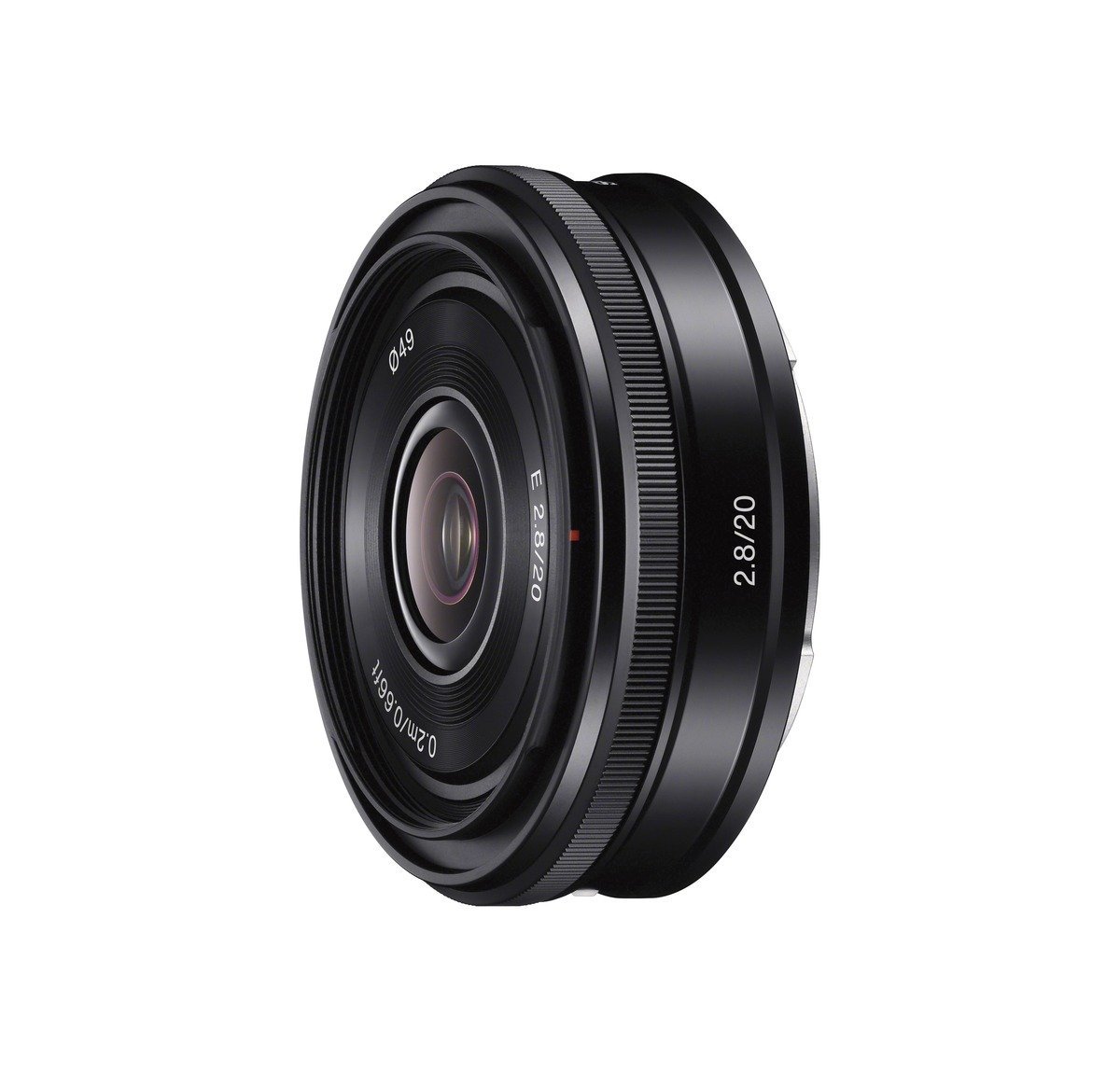

Ultimately though if you’re new to portrait photography and shooting on Aperture Priority Mode, then Auto mode is fine to start off with and you can then work your way to adjusting the ISO manually as you gain more experience. This is because a high ISO can distort your images and make them look more grainy. If you decide to shoot on ‘Aperture Priority Mode’ then you have the option of setting this to Auto as well or alternatively, manually adjusted the ISO value.Īs a general rule of thumb, it’s best to keep your ISO as low as possible. If you’re shooting on ‘Intelligent Auto’ mode this is set automatically have you to ensure your photos are balanced.


The ISO value on your camera adjusts the camera’s sensor sensitivity to light. Sony A6000 set on Aperture Priority Mode 3. This will let the camera adjust everything automatically and once you get more comfortable you can move towards using the Aperture Priority Mode.
#BEST BOKEH LENS A6000 FREE#
If you’re completely new to photography and you just want to start shooting, then feel free to start out by using the ‘Intelligent Auto’ mode (the gold camera mode). This means you can manually adjust your photo to get the right level of blurring in the background that you hope to achieve without having to worry about your photos being under or overexposed (i.e. This mode lets you set, the f stop you shoot at while automatically adjusting the shutter speed to ensure you have balanced photos.
#BEST BOKEH LENS A6000 MANUAL#
If you’re still getting started with photography and don’t necessarily have the confidence to be shooting in full manual model, then I would recommend moving the dial at the top of your camera to ‘A’ and shooting in aperture priority mode. Now that you have the right lens on the body of your camera, let’s focus on what shooting mode to use in order to achieve the best Sony A6000 settings for portraits. The E 18-135mm F3.5-5.6 OSS (also available from B&H Photo here or from Adorama here) is another option if you want an all-in-one lens but it’s higher f stop will mean you won’t necessarily be to achieve a blurred background but it will be an improvement in image quality compared to the standard kit lens.īoth these lenses are great options if you are planning on travelling and want to use one travel lens for the majority of the time. If you want to invest in a lens with a bit more versatility that can be used in a variety of conditions then consider the E 16–55mm F2.8 G (also available from B&H Photo here or from Adorama here) which is a premium all-in-one lens that can be used for portraits at the upper range of its focal length. These are prime lenses, that are going to allow you to shoot with a shallow depth of field and in low light conditions. The right lens to choose is going to depend on your photography needs and budget, but if you’re looking for a dedicated portrait lens then the E 50mm F1.8 OSS (also available from B&H Photo here or from Adorama here) or the E 35mm F1.8 OSS (also available from B&H Photo here or from Adorama here) are both fantastic options. While you can still get nice close-ups with the standard kit lens, if you want to achieve the type of portrait photography I’ve described, you’re going to need to invest in one of the best portrait lenses for Sony A6000 cameras. When I say beautiful portraits, I’m talking about crisp images of your subject with a blurred background and light reflections (known as bokeh). If you’ve only recently started using the Sony A6000 and only have the standard kit lens of 16-50mm at your disposal it’s going to be difficult to shoot beautiful portraits.


 0 kommentar(er)
0 kommentar(er)
